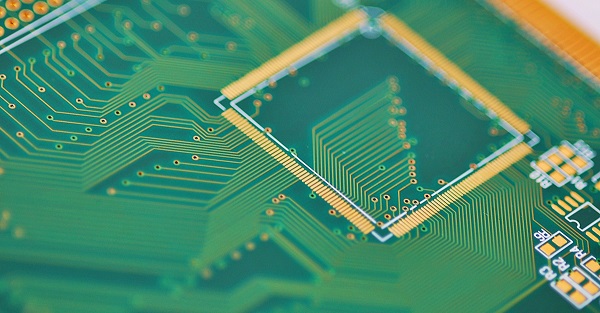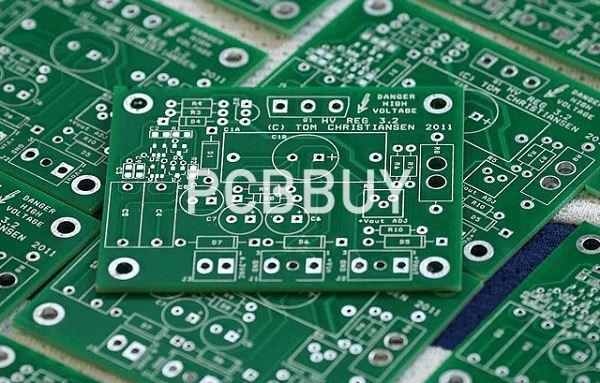PCB Schematic Design and Layout 3 Tips for Designing PCB Schematic
By:PCBBUY 09/09/2021 09:05

Schematic is one of the important aspects of PCB design. A good schematic shows a well-structured circuit diagram clearly depicting the electrical connections between various electronic components. It should also be noted that a technically correct but crowded schematic is still a bad one as it might confuse designers. Schematics can be an extremely valuable troubleshooting tool as it traces out the connections in the circuit.
In this passage, we will focus on the PCB schematic design. If you are curious about the topic please check and read the content we prepare to learn more information.
If you want to order PCB product, please check and custom your order online.

What are the considerations of PCB schematic design?
Once you are working in your schematic capture system, there are some things that you can do to make sure that the design that you are creating will result in an easily assembled board:
Start with your manufacturer
There are a lot of ways that a circuit board can be built, and manufacturing times and prices can vary greatly depending on the processes and materials that are required. Many designs have been canceled because once they reached the manufacturer, the fabrication and assembly costs were so high or lead times were so lengthy that the board wasn’t affordable. To avoid this problem, work upfront with your vendors to make sure that you are designing a board that can be built within your time and cost budgets.
Use approved components
Another important consideration is the components that you will be using on the board. We’ve already talked about making sure that you are using approved parts in order to get the design right, but it goes further than that. You also need to make sure that the parts you are using are going to be available for the life cycle of the design, and their cost is within your budget. The last thing you need in the middle of building the board is to find out that a critical part is no longer available or is too expensive, requiring you to redesign the board.
Make sure that the schematic and layout match
All too often, the final layout of the board doesn’t match the schematic which leads to bad board builds. Problems like these can usually be traced back to a schematic change that was not incorporated into the board layout, or changes on the layout that weren’t back annotated into the schematic. Make sure that before you release the design for manufacturing that the schematic and layout are both finalized and updated, and then synchronized together. This way you will make sure that the schematic, bill of materials, and the layout all match together.
What are the guidelines of PCB schematic design?
To achieve a successful design, follow these standard schematic guidelines.
Page size selection
Most of the design tools offer different page sizes. Generally, the tools would select the page size as A4. However, it should be noted that various other page sizes are also available. Designers should select the size based on the size of their circuit design.
Page naming convention
The logical blocks of the schematic should be separated by pages. By doing this, we can place the pages in alphabetical order. An example of such a naming convention is shown below.
· Block Diagram
· Power supply
· MCU interface
· Memory interface
· Revision history
Block diagrams and revision history are often ignored by most designers to save time. However, they can be very helpful for other designers trying to understand the schematic. Most of the product-based organizations mandate all such protocols and regulations.
Grid setting
Though it is not a direct requirement of the designer, the tool needs to have some references. Hence the grid system is followed. Having grids helps the designer to reference the parts properly and make their connection. Circuit components and connections must always be on the grid, this helps in probing the nets during analysis.
What are the errors during PCB schematic design?
It is very important to ensure that any schematic that has been captured is fully checked. While the simulation and other applications now available as part of an end-to-end design suite will trap and highlight many errors, some can still get through. Errors that creep through can be quite subtle. One that has been seen is where a particular node may be given slightly different names on different sheets.
As the names are different they will not be connected by the computer. For example a node may be labelled "0v" on one sheet, but could appear as "gnd" on another. Accordingly it is very important to ensure that errors such as these do not creep through. Discipline in naming is essential.
Computer based schematic capture has greatly simplified the process of drawing circuit diagrams. Circuit schematics can be drawn as the circuit is designed, and managed in such a way that there is little room for error. While errors can occur, the level of errors has fallen dramatically with the introduction of circuit schematic capture software.
Wanna know PCB knowledge? Check and read for more.
Industry Category











